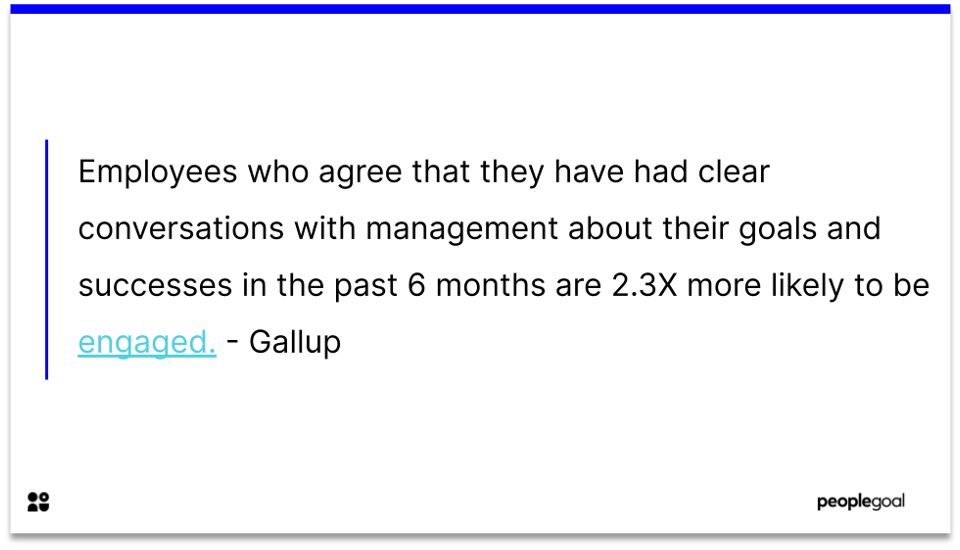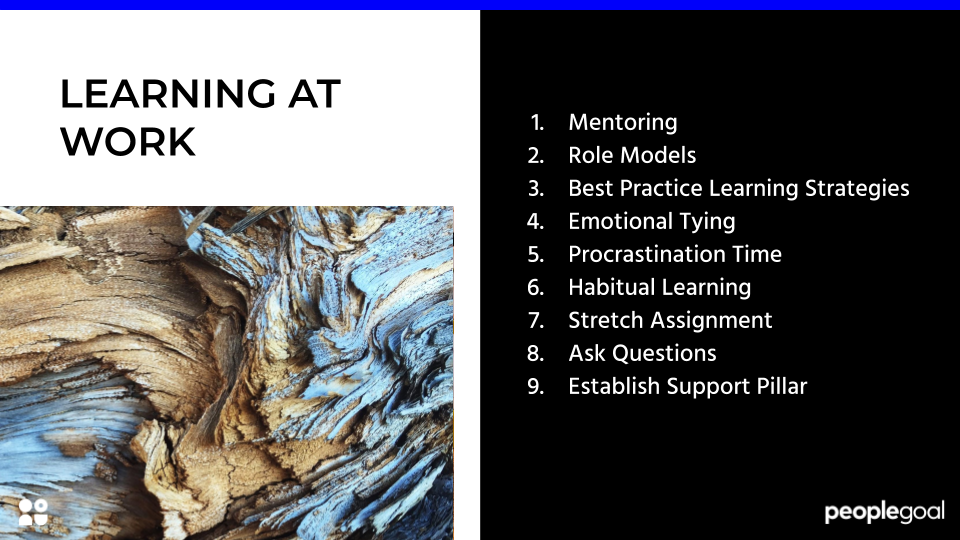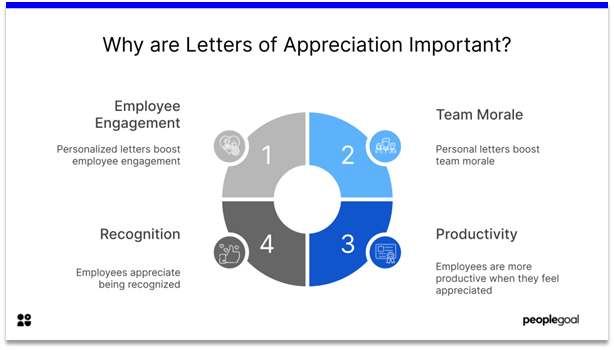A high employee turnover can be a human resources nightmare. The cost of continually hiring and training new employees drains funds. Not to mention, you are most likely to lose your most talented employees!
Unfortunately, high employee turnover is becoming the norm for many companies. According to the U.S. Bureau of Labor Statistics, annual employee turnover rates have increased steadily over the last decade. What’s more, “quits” outweighed terminations and layoffs by more than 80%.
That is a gloomy statistic, especially when we know the importance of teamworking and employee engagement to company success. In this article, we’ll review some ways that can prevent turnover – from onboarding to development.

1. Start Things Right with Onboarding
Give your new hires the best start possible. Many managers underestimate the role of company culture in the onboarding process.
Be true to your values and culture. Do you view open communication as a cornerstone of your company’s success? Then ensure that you provide an open-door policy to your new recruits.
Some managers assume that pay is the main reason for turnover. In fact, according to a Harvard Business Review study, more than 9 in 10 employees are willing to trade a proportion of their lifetime earnings for meaning at work.
Work environment can go a long way to creating more meaningful work. Tell a story that encapsulates what is meaningful to you about work – and what opportunities make the job worthwhile for them.
Building community is really crucial to effective onboarding. This won’t happen overnight, but a buddy system can ease the transition. Buddies provide the ‘411’ for your new hires, introducing the company’s expectations and offering wider context on their role.

Tips for a great onboarding process
-
Provide new hires with a chance to collaborate and get to know each other
-
Start on a fun note – such as through team building activities
-
Managers devote time to the training week
-
Introduce your company’s culture in a meaningful way
-
Give new hires the opportunity to prove their skills and take risks – in a constructive setting
-
One-on-ones with managers
2. Set Clear Role Expectations
Setting clear expectations for all employees is crucial to retention. When we know what is expected of us, a sense of purpose drives our actions – and we try to exceed those expectations.
When duties are unclear, employee satisfaction can wane. This can lead to the blurring of roles – for example, when an employee works around the clock on tasks that do not match their job description. This can leave employees feeling deflated and undervalued.
Goal-setting and performance reviews play a crucial role here. Manager one-on-ones should help employees to set relevant goals. Be honest about your expectations – if an employee is underperforming in one area, make this a focus of goal setting. Most employees prefer constructive feedback to living with uncertainty about their role.
Ensure you counterbalance this with recognition and praise however – these are also key to retention. Performance reviews are an opportunity to recognize the hard work of your top performers.
Tips for setting clear role expectations
-
Use an employee handbook
-
Create holistic and constructive performance reviews
-
Set goals with employees in one-on-ones
-
HR training on goal setting for employees
-
Ensure tasks set are consistent, and if there is a change in responsibilities, explain this to employee

3. Run Regular Feedback Loops
To improve employee retention, focus on developmental feedback. This means tying in performance indicators with an employee’s short and long-term goals.
To do this, rethink your feedback process. Annual performance reviews are inadequate for truly constructive feedback. According to Gallup, only 17% of millennials report receiving meaningful feedback.
In resopnse, Adam Hickman recommends, ‘talk with them, not about them’, i.e., don’t conduct the conversation like a parent-teacher meeting. This can make workers feel pessimistic about their career progression. They may bolt at the first sign of negative feedback.
Encourage employees to see feedback as a conversation. Create a culture of ongoing feedback, in which employees receive recognition and feedback during daily check-ins. When feedback happens in real-time, you relate feedback to precise tasks, rather than vague value judgements.
Tips for better feedback to retain staff
-
Have a sense of humor – feedback conversations shouldn’t be scary!
-
Normalize real-time feedback through regular check-ins
-
Relate feedback to actual tasks
-
Prioritize developmental feedback linked to actionable goals
4. Invest in Employee Development & Continuous Learning
LinkedIn’s 2018 Workforce Learning Report revealed that a staggering 93% of employees would stay at a job longer if the company invested in their careers.
Creating a learning and development plan is a great way to invest in career development. But L&D needn’t be costly. Manager-employee mentoring is an effective form of employee development that will cost you nothing but time! Also consider micro-learning – which fits easily around the working day and doesn’t cut into the employee’s personal life.
According to Gallup, career advancement is the most common reason for leaving a job. Focus your retention strategy on how you can help employees advance in-house. What are the skills required for employees to take the next steps? Target learning around these areas. Not only will this boost employee engagement, it creates a workforce with a wider and more relevant skillset.
Tips for starting a learning and development program
- Keep it relevant
- Work around employee schedules
- Use internal social media to raise awareness of program
- Focus on the skills that aid career progression
- Use mentoring to foster open communication about career goals

Make employee retention a priority
With these steps, you should encourage your employees to stick around for the long haul. Employee retention is fundamentally about company culture – building a community with sticking power.
To learn more about how to build a sustainable organizational culture, why not read our blog post on company culture during remote-work?
Ready to 3x Your Teams' Performance?
Use the best performance management software to align goals, track progress, and boost employee engagement.






